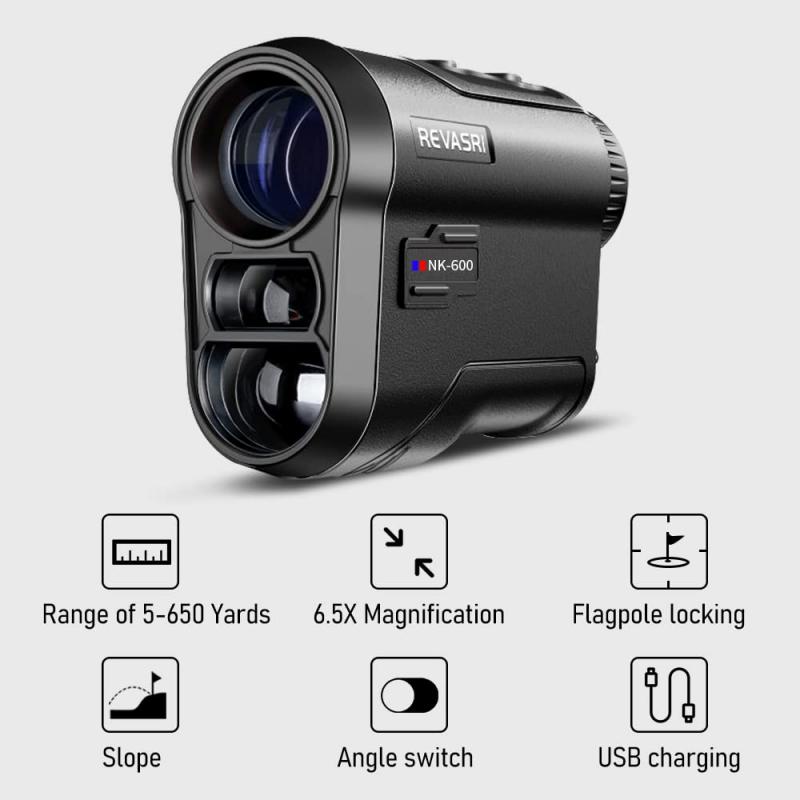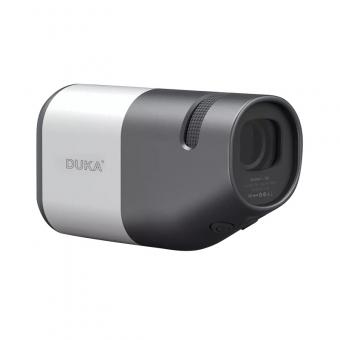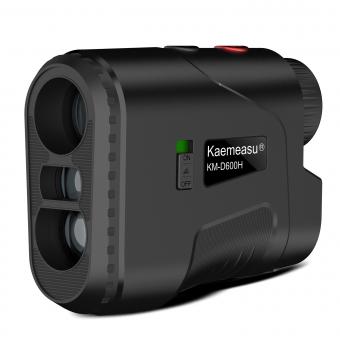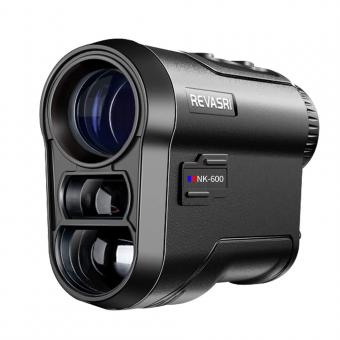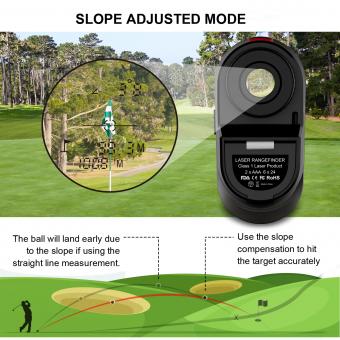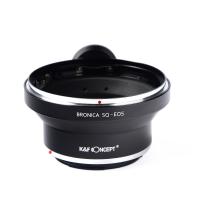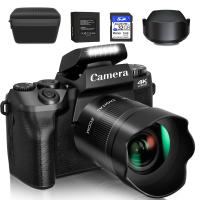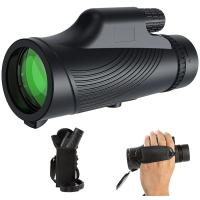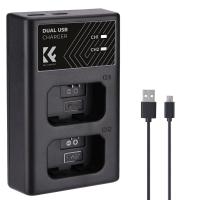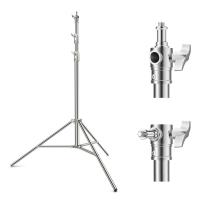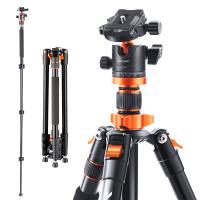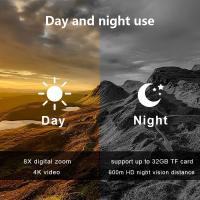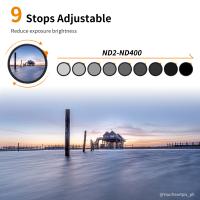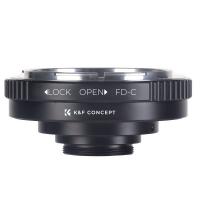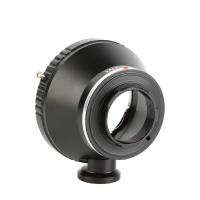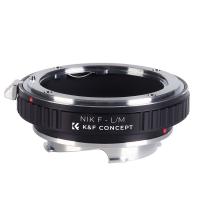What Is Slope On A Rangefinder ?
The slope on a rangefinder refers to the measurement of the angle between the target and the horizontal line. It is used to calculate the adjusted distance to the target, taking into account the elevation change. This feature is particularly useful in golf rangefinders, where it helps golfers determine the actual distance they need to hit the ball, considering the uphill or downhill slope of the terrain.
1、 Optical Technology: Principles of Rangefinder Slope Calculation
The slope on a rangefinder refers to the calculation of the angle of elevation or decline between the user and the target. This feature is particularly useful for golfers and hunters who need to adjust their shots based on the incline or decline of the terrain.
In optical technology, the principles of rangefinder slope calculation involve the use of a laser beam to measure the distance to the target and an inclinometer to determine the angle of slope. By combining these two measurements, the rangefinder can calculate the adjusted distance that takes into account the slope.
The slope calculation is typically displayed as an angle in degrees or as an adjusted distance in yards or meters. This information allows the user to make more accurate shots by compensating for the uphill or downhill slope.
It is important to note that the accuracy of the slope calculation can vary depending on the rangefinder model and the quality of its optical technology. Some rangefinders use advanced algorithms and sensors to provide highly accurate slope measurements, while others may have limitations in certain conditions, such as extreme slopes or low light conditions.
In recent years, there have been advancements in rangefinder technology that have improved the accuracy and reliability of slope calculations. Some rangefinders now incorporate GPS technology to provide more precise slope measurements by taking into account the specific elevation changes of the course or terrain.
Overall, the slope feature on a rangefinder is a valuable tool for golfers and hunters, allowing them to make more informed decisions and adjust their shots accordingly. However, it is important for users to understand the limitations of their rangefinder and to use the slope calculation as a guide rather than relying solely on it for accurate distance measurements.

2、 Angle Compensation: Incorporating Slope Measurements in Rangefinders
The slope on a rangefinder refers to the feature that allows the device to measure the angle of elevation or decline between the user and the target. This angle is then used to calculate the adjusted distance, also known as the compensated distance, which takes into account the effect of the slope on the actual distance to the target.
Angle compensation is a valuable feature in rangefinders, particularly for golfers and hunters who often encounter uneven terrain. By incorporating slope measurements, rangefinders can provide more accurate distance readings, taking into account the uphill or downhill slope that can affect the trajectory of a shot.
The latest point of view on slope measurements in rangefinders is that they have become increasingly advanced and accurate. Many rangefinders now use advanced algorithms and sensors to precisely measure the angle and calculate the compensated distance. Some models even offer multiple modes, allowing users to switch between slope-adjusted distances and actual distances, depending on their needs and the rules of the game.
However, it is important to note that the use of slope measurements in certain competitions or tournaments may be prohibited. In such cases, rangefinders with slope features often have a mode that disables the angle compensation, ensuring compliance with the rules.
Overall, the slope feature on a rangefinder provides users with a more accurate understanding of the distance to their target, taking into account the effect of the slope. This can greatly enhance the precision and effectiveness of shots, whether on the golf course or in the field.

3、 Trigonometric Calculations: Determining Slope Using Rangefinder Data
The slope on a rangefinder refers to the angle of inclination or the steepness of a surface. Rangefinders are devices that use trigonometric calculations to determine the distance between the device and a target. By measuring the angle between the device and the target, along with the distance, the rangefinder can calculate the slope.
To determine the slope using a rangefinder, the device measures the horizontal distance to the target and the vertical distance from the device to the target. By using trigonometric functions such as tangent, the device can calculate the angle of inclination or slope.
The slope measurement provided by a rangefinder can be useful in various applications. For example, in construction and engineering, knowing the slope of a surface is crucial for designing structures, roads, and drainage systems. In golf, rangefinders with slope measurement capabilities can help players determine the elevation changes on a course, allowing them to make more accurate club selections.
It is important to note that the accuracy of slope measurements on rangefinders can vary depending on the device and the conditions in which it is used. Factors such as distance, angle, and environmental conditions can affect the accuracy of the measurements. Therefore, it is recommended to use rangefinders as a tool to provide an estimate of the slope rather than relying solely on their measurements.
In conclusion, the slope on a rangefinder refers to the angle of inclination or steepness of a surface. Rangefinders use trigonometric calculations to determine the slope by measuring the horizontal and vertical distances to a target. While rangefinders can provide useful slope measurements, it is important to consider their limitations and use them as a tool for estimation rather than relying solely on their measurements.
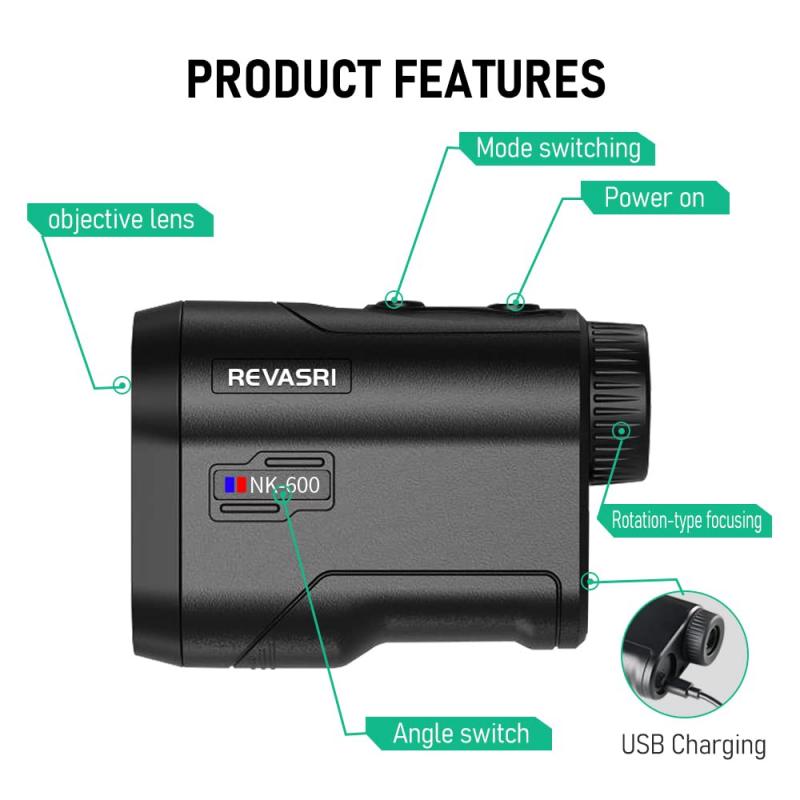
4、 Slope Adjustments: Applying Slope Corrections in Rangefinder Readings
Slope adjustments refer to the application of slope corrections in rangefinder readings. Rangefinders are devices used to measure the distance between the user and a target, typically used in activities such as golfing or hunting. However, when the target is located on an incline or decline, the distance measured by the rangefinder may not accurately reflect the actual distance to the target. This is where slope adjustments come into play.
The slope on a rangefinder refers to the angle of the incline or decline between the user and the target. By factoring in this slope, rangefinders can provide more accurate distance measurements. Slope-adjusted rangefinders use advanced technology to calculate the slope and adjust the distance reading accordingly.
The latest point of view on slope adjustments in rangefinders is that they have become increasingly popular and widely accepted among users. Many golfers, for example, find slope-adjusted rangefinders to be valuable tools in their game, as they provide more precise measurements that take into account the elevation changes on the course. This allows golfers to make more informed decisions on club selection and shot strategy.
However, it is important to note that slope-adjusted rangefinders may not be legal for use in all competitions or tournaments. Some governing bodies, such as the USGA (United States Golf Association), prohibit the use of rangefinders with slope adjustments in official events. Therefore, it is crucial for users to familiarize themselves with the rules and regulations of the specific activity or competition they are participating in.
In conclusion, slope adjustments in rangefinders involve applying corrections to distance readings based on the incline or decline between the user and the target. While slope-adjusted rangefinders have gained popularity for their accuracy, it is essential to consider the rules and regulations of the activity or competition before using them.
